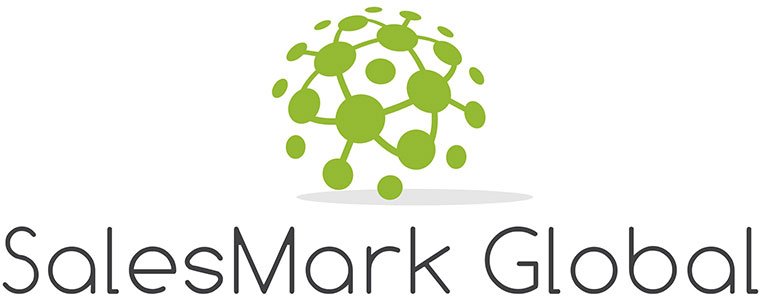Discover how to align demand and lead generation strategies with each stage of the B2B buyer’s journey to boost engagement and drive conversions in 2025.
Introduction
For effective B2B marketing, it is important to know how the buyer makes a decision. The process of the buyer’s journey is from finding a need to selecting a solution and making the final purchase. Demand generation and lead generation are two main methods that guide the whole process. By following these strategies according to buyer stages, you help people move from learning about a product to deciding to buy, increasing their trust and chances of converting.
Table of Contents:
Introduction
1. Understanding the Buyer’s Journey
2. What is Demand Generation?
3. What is Lead Generation?
4. Mapping Strategies to the Buyer’s Journey
4.1. Awareness Stage- Focus on Demand Generation
4.2. Consideration Stage- use a Mix of Demand and Lead Generation
4.3. Decision Stage: Prioritize Lead Generation
5. Demand Generation vs. Lead Generation in B2B: Key Differences
6. Aligning Teams for Seamless Execution
6.1. Marketing-Sales Collaboration
6.2. Tracking Buyer Movement
6.3. Content & Messaging Alignment
7. Common Mistakes to Avoid
7.1. Using Lead Generation Too Early
7.2. Not Nurturing Leads
7.3. Misaligned Marketing Efforts
Final Thoughts
1. Understanding the Buyer’s Journey
Buyers see that they have a certain issue, though they might not know how to identify it or what solutions are possible. They want to discover solutions by looking for online information about their issues. Here, people who want to buy are clear about what their issues are and are studying various ways to solve them. They go through various solutions for the same problem and consider what options are best. Subscribers are now able to gauge the possible solutions. They check the quality of vendors, their services, and the costs involved to choose the service that is right for them.
When going through these steps, buyers change from being open-minded to examining options to settling on a choice. Consumers usually gather details from marketers with no goal to purchase in the beginning. As they keep going, they remove some options and choose content that clears their doubts. By choosing a solution, they evaluate what they will get, as well as ROI, and they are now concerned with engaging a vendor.
Marketing needs to keep up with the changes in a buyer’s thoughts. While a blog post appeals to the awareness stage, asking for a product comparison or demo deal fits best during the decision stage. Using tactics that are customized for each prospect allows you to help them at the ideal time. That’s when merging the two processes with each stage of the buyer journey matters a lot.
2. What is Demand Generation?
In B2B marketing, demand generation works at the early stage by generating interest in the brand. It prefers to encourage long-lasting relationships with prospects by offering useful information and encouraging them. The aim is to make your brand known and valuable to anyone who hasn’t thought of needing it yet. Demand generation encourages buyers to recognize different problems by suggesting creativity and new ideas.
It helps customers understand problems they may have faced without clearly realizing them, and labels your brand as helpful. One of the effective strategies for demand gen is to create thought leadership articles, organize informative webinars, join podcasts, and provide open research reports. The tools share important information without asking for anything, which encourages customers to trust the brand forever. So, a blog entry about themes and issues in a particular industry could trigger a reader to think about them.
3. What is Lead Generation?
Lead generation makes it possible to convert interested people into leads by collecting their contact information. As opposed to demand generation, lead gen focuses on people who are
eager to look into solutions. It commonly makes use of sign-up forms or asks for visitors’ contact details right away. Prospects get helpful information in return for giving their contact details in lead generation. So, the goal here is to turn these leads into customers by reaching out to them with suitable follow-up like email, or showing them how the product works. Lead generators can use eBooks, tools to calculate the value of offers, case studies, demos, and free trials. In return for an email address, a company can offer a guide that lets them find out about your interests, all while helping you. These approaches become more important at the point when customers make their choice.
4. Mapping Strategies to the Buyer’s Journey
4.1. Awareness Stage- Focus on Demand Generation
At the awareness stage, you should concentrate on generating demand by raising awareness. To raise awareness, demand generation is the most important task during this stage. Looking for options, buyers don’t contact vendors, so you should help and earn their trust. Write blog posts, infographics, and social media messages using SEO strategies to deal with issues that many people encounter. Offer webinars or share eye-opening insights that make others think about the industry. You do not want to use aggressive marketing content or gated content at this stage. As an alternative, offer informative and interesting content that leads people to learn more and makes your brand reputable.
4.2. Consideration Stage- use a Mix of Demand and Lead Generation
At the moment, buyers are looking over different solutions, which makes joining demands and lead strategies ideal. Proceed with helpful material to preserve your company’s appearance, and in addition, create gated content such as whitepapers or engaging apps to get more information. Webinars, a series of emails, and comparison guides can be useful. You may allow users to receive premium information after providing their basic contact details. Supporting and patterning interest comes before determining if the person might have a problem your business could address.
4.3. Decision Stage: Prioritize Lead Generation
When buyers are ready for a decision, they seek assistance from sales. Putting your focus on lead generation should be your main priority. Give customers access to detailed articles, price information, calculators to determine returns, and demonstrations of products. Being attentive to emails and meetings can result in more conversions. It’s time now to demonstrate how your business adds value, makes things easier, and shares achievements reported by your users. The idea is to strengthen the buyer’s confidence in their choice to buy.
5. Demand Generation vs. Lead Generation in B2B: Key Differences
Although the goals of demand and lead generation are not the same, they aid each

other in the B2B funnel. Educating many people and supporting company awareness is done through demand generation, which is followed by lead generation to collect and assess the best leads.Both methods are needed: demand gen sparks curiosity, and lead gen actualizes results. It makes use of both ways to help prospects make their way through the process of buying.
6. Aligning Teams for Seamless Execution
6.1. Marketing-Sales Collaboration
When marketing and sales are on the same page, procedures run without a hitch. It is marketing’s job to generate new leads and sales that focus on making conversions. If teams sync their data and reports, and always use scoring systems for leads, there will be fewer problems with handover, and a united voice is used to speak to customers.
6.2. Tracking Buyer Movement
These platforms and systems help teams observe customers’ actions and rate how involved they have been. Thanks to this observation, I can choose good times and messages to contact them.
6.3. Content & Messaging Alignment
Try to maintain constant messaging and a similar content plan in all the channels where potential buyers interact with your brand. By making your stories cohesive in social posts and emails,
you gain your readers’ trust and make your brand credible.
7. Common Mistakes to Avoid
7.1. Using Lead Generation Too Early
Keeping content behind gates during the awareness stage is sometimes not the best idea. Before a prospect knows their problem, asking for contact information in return for only limited data could be thought of as too early. Try to make education accessible and without any limitations. Help your prospects by providing value in blogs, videos, and guides that help them identify their issues. After gaining more knowledge and being invested, people are more likely to take part.
7.2. Not Nurturing Leads
Getting people’s contact information is just the initial stage. If new leads aren’t given helpful and custom-made content, they may lose focus. Introduce educational and motivational emails that will help users move along in their journey.
7.3. Misaligned Marketing Efforts
If you use the wrong approach at the wrong time, users will not connect their experiences. Be sure that every campaign responds to what buyers really want. An example would be that a product demo offer during the awareness stage may turn away customers instead of attracting them.
Final Thoughts
Good B2B marketing happens when demand and lead generation are carefully matched with the buying process. It is all about saying the right thing at the right time. Don’t rush things right from the start. Inform the leads, attain their qualifications, and finally convert them into customers. Respecting a buyer’s position and demands and using all stages leads to trust, more involvement, and reliable outcomes. If you balance your marketing funnel, more conversions will happen automatically.
Visit Our SalesMarkBlog Section to Uncover the Sales Strategies That Ignite Your Sales Journey!





